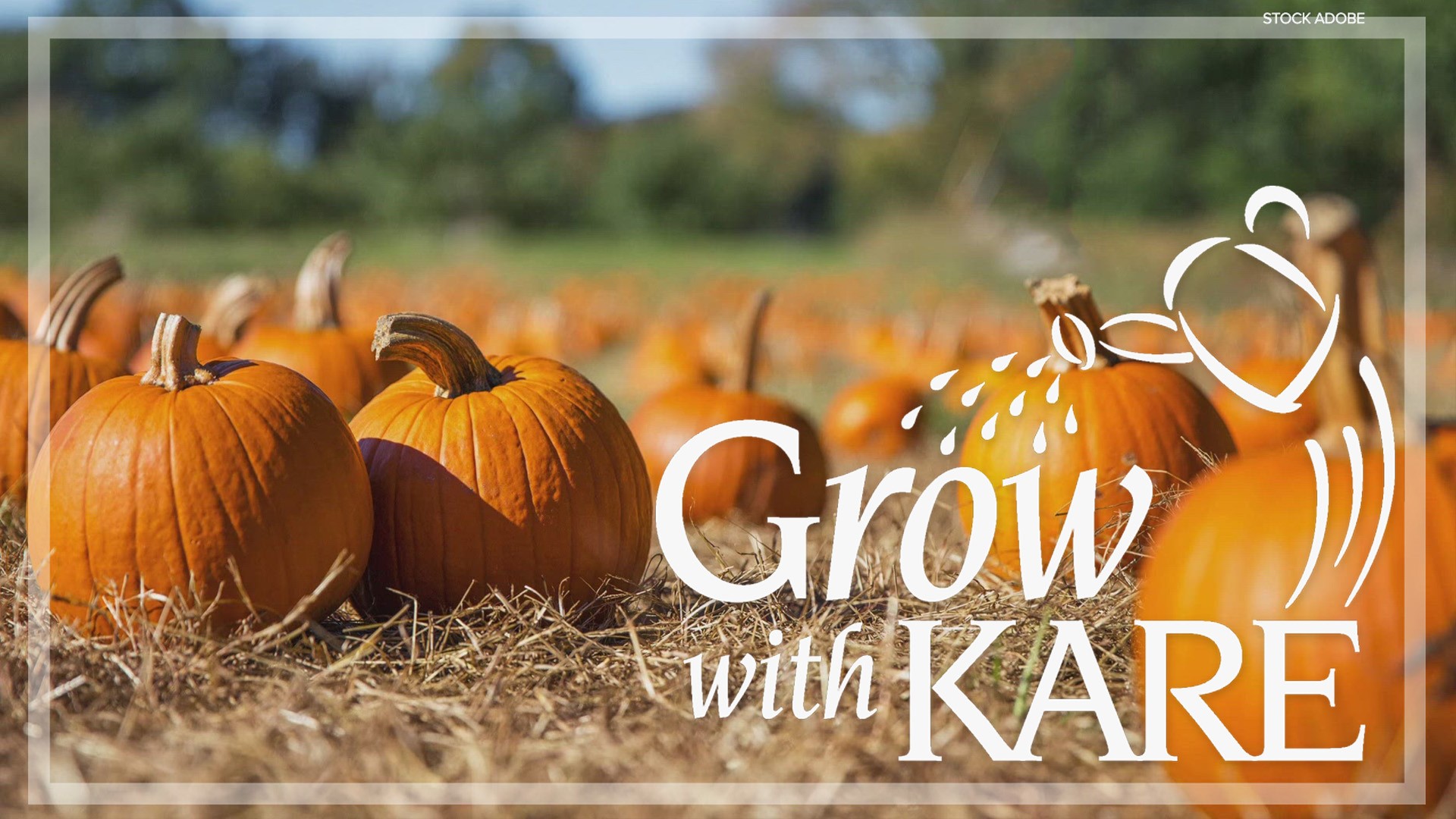GOLDEN VALLEY, Minn. — Seasonal drought is normal, and in some years, it can be quite severe. But that doesn’t mean you can’t have a thriving garden. Remember these veggies when you start planning next year’s layout.
- First up, tomatoes. Tomatoes are known for being thirsty plants. They typically require a lot of water to make juicy red fruit. When planning for drought conditions, Roma tomatoes are a good choice. They are meatier tomatoes so require slightly less water than a beefsteak. They are also a bit smaller so they grow and ripen faster than the biggest ones. Plus they are super tasty for eating and canning.
- Believe it or not, pumpkins are relatively drought tolerant. Even without rain, pumpkins are great dew collectors, so they take advantage of a little morning moisture on their leaves to soak up before the sun is high in the sky.
- Beans are a great choice! Get creative and experiment with the many types of beans available. Eat them fresh or let them dry on the plant to store for soup. Bush bean varieties are better able to handle dry conditions than pole beans.
- Peppers love heat and can absolutely thrive in a hot, dry summer. Hot peppers especially can handle whatever Mother Nature brings. Some say that hot weather means a hotter pepper. The jury is still out on that but we might as well do some citizen science and see for ourselves! For bell peppers, picking them a bit earlier when they are green rather than letting them ripen to red, yellow or orange will save some water.
- If you’re looking for a cooking green, try swiss chard. Not only will this beauty of a veggie add some great color to your garden, it will also handle a drought wonderfully. Mustard greens are another great choice.
- Other options include carrots, beets, okra and eggplant.
As a general rule, if you can choose between two varieties of the same vegetable, pick the one with the fewest days to maturity. You’ll find that information on the seed packet or plant tag when you purchase. The quicker the vegetable grows, the less water it will need overall.
Time to start planning next year’s garden!
Watch more of Grow with KARE:
Watch the latest gardening tips and tricks in our YouTube playlist and don't forget to join the Grow with KARE Facebook group:

